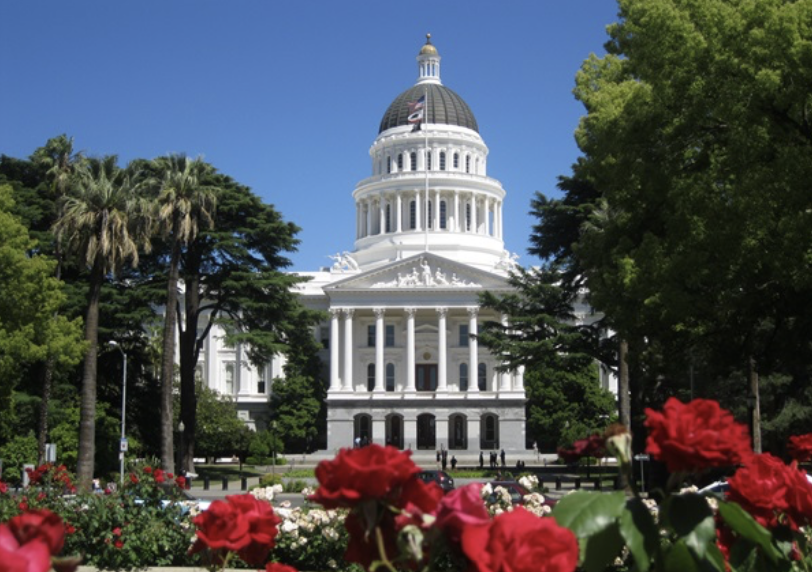The Statewide Special Election Day is almost here! You may have heard about Prop 50 from an ad on YouTube or while watching TV. However, you may wonder, “What is Prop 50” and “Why is it important to me?” Well, the act is important to understand before the midterm elections next year, as the upcoming voting for this proposition is this November. For the sake of democracy, it is crucial for Californians to be informed on Prop 50 and be knowledgeable on both the supporters or opponents views to form a stance on the proposed legislation. Nevertheless, it’s up to voters this year to decide whether this proposition is needed.
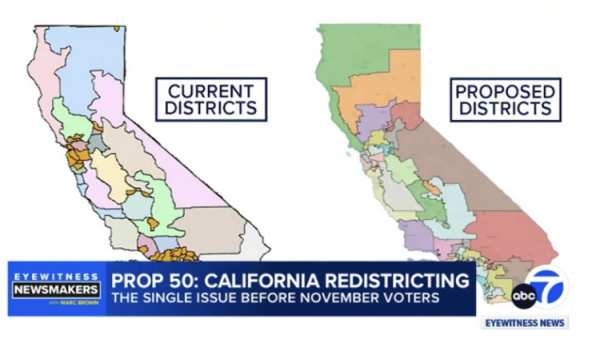
The Election Rigging Response Act, the official title for the measure, was proposed by the California Legislature in response to Texas’s partisan redistricting to forcefully gain GOP seats. Partisan means to be biased or prejudiced in favor of a particular cause or party. California’s fifty-two congressional districts each have a representative in the House of Representatives. The proposal is a new, legislatively drawn map that will temporarily replace the current map; the number of districts would not change, as the state typically redraws district maps every decade.
Governor Gavin Newsom plans to “fight fire with fire” by redrawing the map to include more democratic households in each district, which could give a chance for Democrats, similar to the proposal in Texas, to pick up five U.S. House seats in California. By doing this, he aims to establish a level playing field for the April 2026 midterm elections, preventing the results from favoring Republicans. The proposition also calls for a change in the federal law by asking for an amendment to the Constitution: requiring redistricting to be done by “fair, independent, and nonpartisan redistricting commissions nationwide.” Californians will vote either in favor or against the proposition on November 5, 2025.
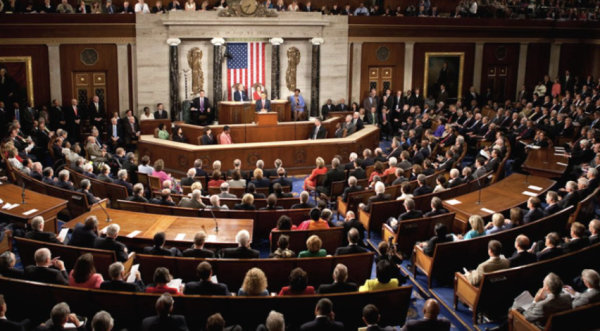
At this point, Texas is not the only state that has redrawn its district map. On September 28, Missouri Governor Mike Kehoe signed a new congressional map into law. If the new map goes into effect, the Republicans would take seven of Missouri’s eight seats in the House. Due to the encouragement of President Trump and his strong supporters, there are ambitions of targeting other conservative states, such as Indiana, Kansas, and Ohio, and try to flip Democratic districts to favor Republicans. Supporters of the new map argue that this gerrymandering, manipulating electoral borders to benefit a particular party, did not violate the state’s Constitution. However, many gathered at the Missouri State Capitol in Jefferson City to protest the redistricting.
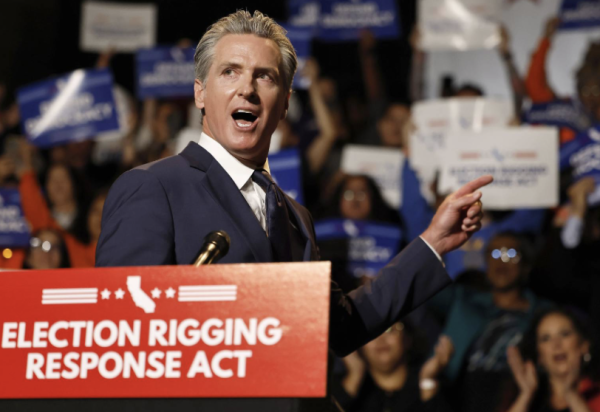
A YES for Prop 50 would mean California would use new maps starting in 2026 after the midterm elections and until 2030, when the California Citizens Redistricting Commission draws a new map after the U.S Census. Advertisements for “Yes on Prop 50” say that the Election Rigging Response Act supports “independent redistricting” and will “save democracy in 50 states.” The advertisements also chastise President Trump for “rigging” the midterm elections by his push to redistrict in Republican states across the country.
This is widely seen as gerrymandering, although supporters argue that the new map will promote fairness between the two parties in the midterm elections. Trena Turner, who served on the California Citizens’ Redistricting Commission in 2020, says Californians must respond to “unchecked executive overreach”, referring to Trump’s controversial actions this year, by “responding with equal determination.” She believes that a Republican majority in the House will aid in the deterioration of democracy with unchecked executive orders from the current administration. While a ‘Yes’ vote supports the proposed changes, it is also important to understand what a ‘No’ vote would signify.
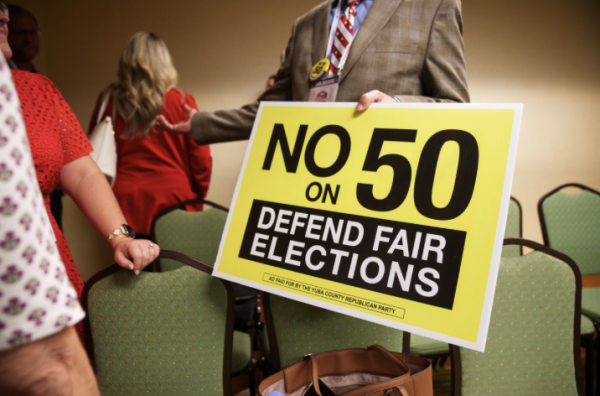
A NO for Prop 50 means that the current maps drawn by the commission in 2020 would continue to be used following the 2030 Census. People against Prop 50 claim that while trying to combat Texas’s attack on democracy, with Prop 50, democrats are sacrificing their nonpartisan values. In a quote from former California Governor Arnold Schwarzenegger addressing the issue, he said it represents the phrase “two wrongs don’t make a right.” He argues that Prop 50 is hypocritical because it seeks to gain political power in the same way that Democratic lawmakers are trying to oppose this legislation.
Additionally, Jeanne Raya, the chair of California’s first independent redistricting commission opposes the legislation: She believes that the change to districts drawn by legislators is “hardly a temporary change,” recalling a history of politicians fighting to maintain power under the guise of a crisis. Raya instead backs legislation proposed to “ban mid-decade redistricting nationwide.”
Despite these warning voices from state government officials, the “no” campaign is starting to wane. The “yes” campaign has raised more funds so far, receiving $83 million in donations, while the other side has raised $37 million, the majority coming from a wealthy Republican named Charles T. Munger Jr. However, fundraising totals don’t determine outcomes—in the end, it is the voters who will decide.
Now that you are up to date with California’s most pressing decision of the year, the choice ultimately comes down to you (lobbying family and friends who can vote or even you if you are a senior and eighteen) and every other voter. It is up to each individual to determine whether this legislation saves or aids in the decline of democracy. This proposition is a call to action for voters in California to take a stance on the political issues that decide our government.
Do you believe that the current national situation warrants a break from the established independent process? It is key when voting to consider the potential impacts of a Yes or No outcome on the balance of power in the House.


